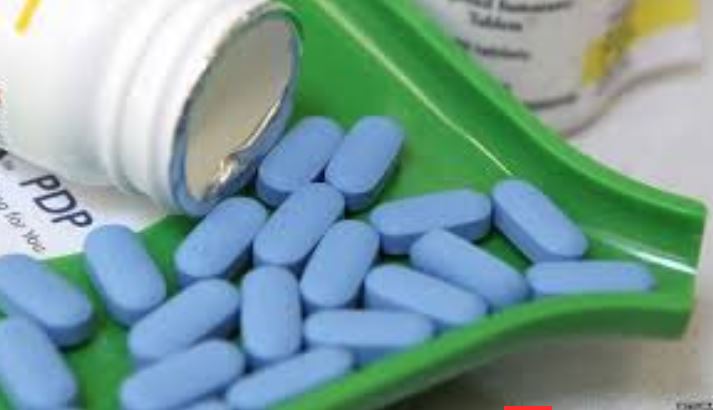AIDS drugs are known as antiretrovirals (or ARVs for short). Although ARVs cannot eliminate the virus entirely, they do significantly improve the quality of life for those living with HIV.
Without getting tested for HIV, you won’t know when to take the medications.
According to healthline, here are three things you should know about ARVs.
1. When using ARVs, how long before you become undetectable?
HIV experts have known for a long time that certain people can spontaneously suppress the virus without therapy.
A decrease in viral load is one of the first signs that an HIV-positive person is benefiting from an antiretroviral therapy program. It takes around six months for viral load to decline to an undetectable level in most people who begin taking HIV medicine daily as directed.
The infection will grow and the immune system will weaken if the patient quits taking the medication altogether.
2. When should antiretroviral drugs (ARVs) ideally be taken?
If you have been diagnosed with HIV, you should begin treatment immediately. Consider these benefits of receiving HIV treatment: Once a person’s viral load has dropped below the detection threshold, they can no longer transmit HIV to sexual partners. (Becoming undetectable during therapy could take up to six months.)
3. Is it possible for ARVs to be ineffective, and if so, how can that be determined?
People living with HIV may have developed resistance to one or more antiretroviral drugs due to the presence of drug-resistant mutations. Patients with HIV that has undergone protease mutations may not respond to protease inhibitors such as darunavir (Prezista).
Adherent patients can still have treatment failure, however it usually occurs years into the course of treatment. Some of the older antiretroviral medications are more long-lasting than others, so this is especially important for patients who use them.
The most efficient method of treating HIV is through routine blood testing.
The goal of HIV treatment is to reduce the virus’s presence in the body to almost undetectable levels. Although HIV is still present, the viral load is now considered to be under control.
